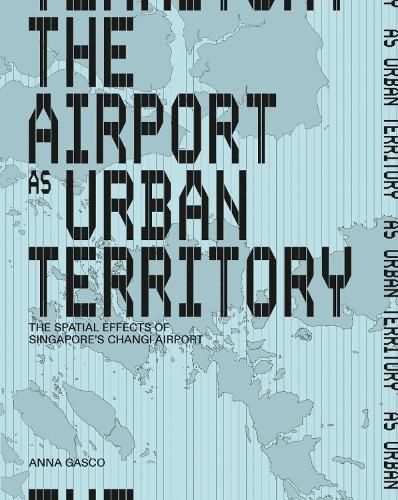Readings Newsletter
Become a Readings Member to make your shopping experience even easier.
Sign in or sign up for free!
You’re not far away from qualifying for FREE standard shipping within Australia
You’ve qualified for FREE standard shipping within Australia
The cart is loading…






A new framework for understanding how airports interact with their surrounding region.
Airports are major drivers of economic development. While firmly rooted in local landscapes, they serve as vital links to global networks. However, the massive infrastructures and externalities of airports-like noise and pollution-create tensions and present considerable challenges. What does this mean for spatial planning? What factors and stakeholders are involved? How can we better plan airports and design their relationships with urban development? Singapore's Changi Airport regularly scores among the world's best from travelers' perspectives-but what about the impact on its city and surrounding region?
Drawing on a decade of research focused on Singapore and its cross-border region, this book offers an analysis of Changi Airport's spatial influence at different scales and on different kinds of spaces, including rural areas, industrial and leisure zones, and the hinterlands of Singapore's shiny metropolis. It uncovers the airport's many actors, the complex networks of terrestrial linkages and interactions centered around the global hub, and the governance frameworks used to manage it. The result is a new framework for thinking about how airports interact with their territories and an illuminating exploration of territorial dependencies and their effects on everyday spaces.
$9.00 standard shipping within Australia
FREE standard shipping within Australia for orders over $100.00
Express & International shipping calculated at checkout
A new framework for understanding how airports interact with their surrounding region.
Airports are major drivers of economic development. While firmly rooted in local landscapes, they serve as vital links to global networks. However, the massive infrastructures and externalities of airports-like noise and pollution-create tensions and present considerable challenges. What does this mean for spatial planning? What factors and stakeholders are involved? How can we better plan airports and design their relationships with urban development? Singapore's Changi Airport regularly scores among the world's best from travelers' perspectives-but what about the impact on its city and surrounding region?
Drawing on a decade of research focused on Singapore and its cross-border region, this book offers an analysis of Changi Airport's spatial influence at different scales and on different kinds of spaces, including rural areas, industrial and leisure zones, and the hinterlands of Singapore's shiny metropolis. It uncovers the airport's many actors, the complex networks of terrestrial linkages and interactions centered around the global hub, and the governance frameworks used to manage it. The result is a new framework for thinking about how airports interact with their territories and an illuminating exploration of territorial dependencies and their effects on everyday spaces.